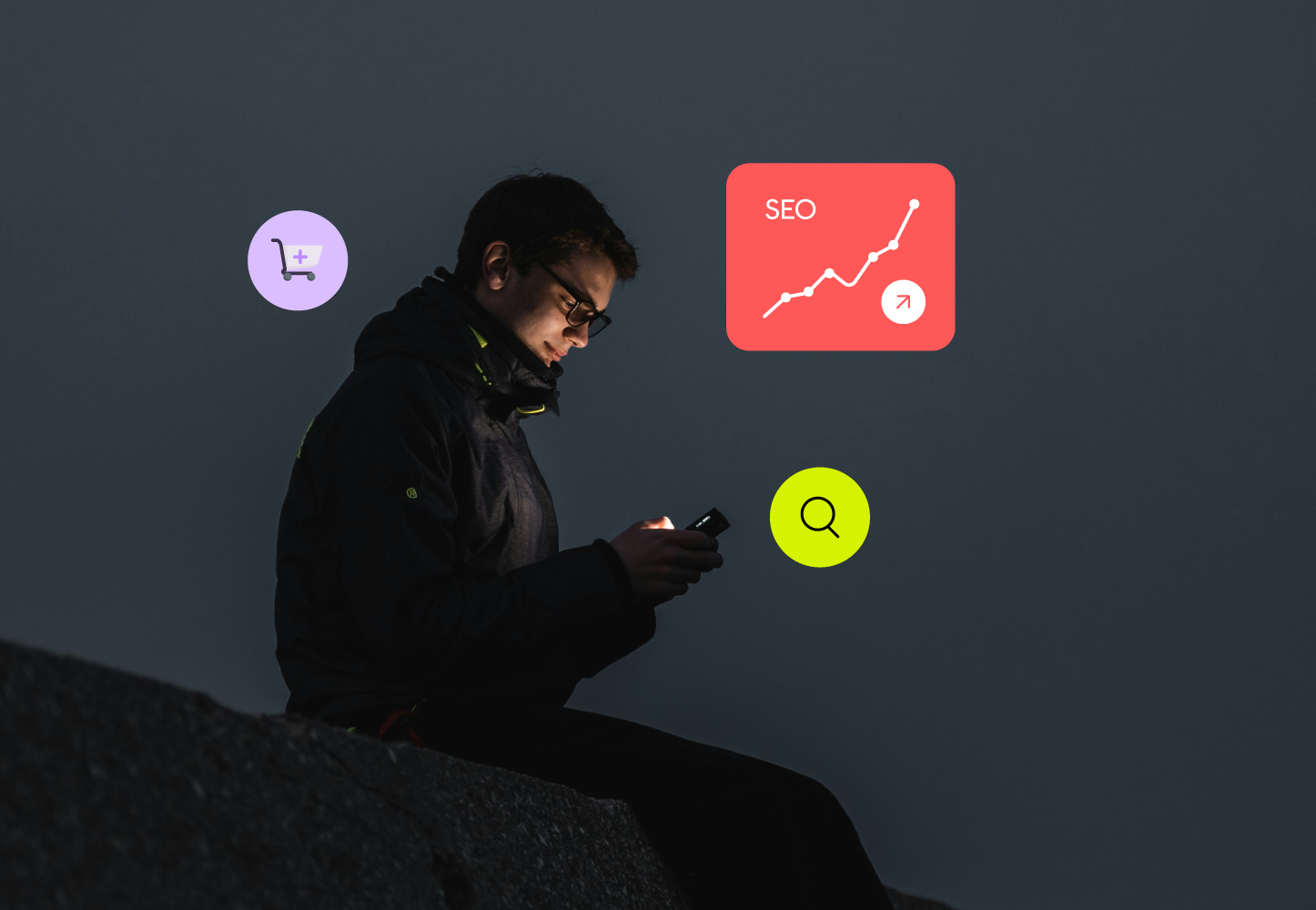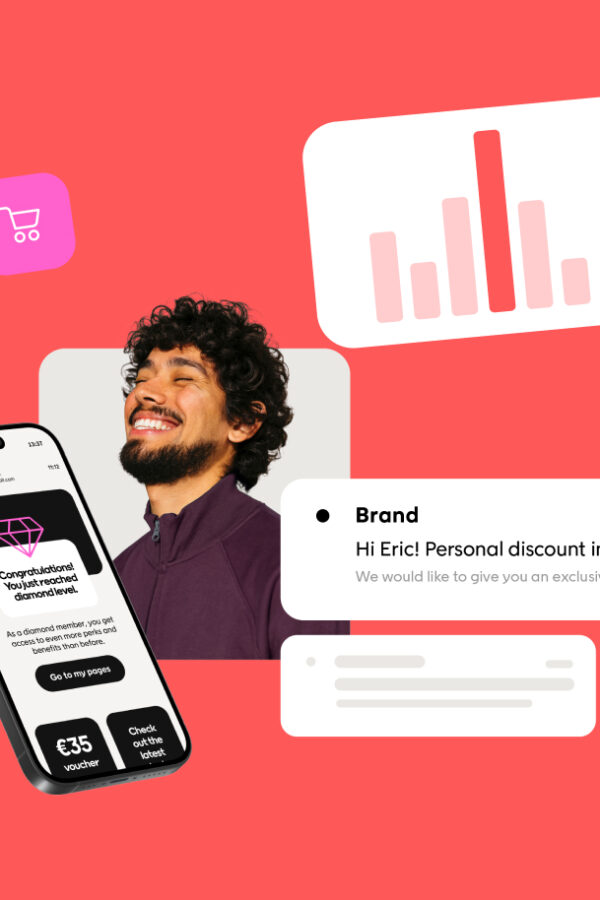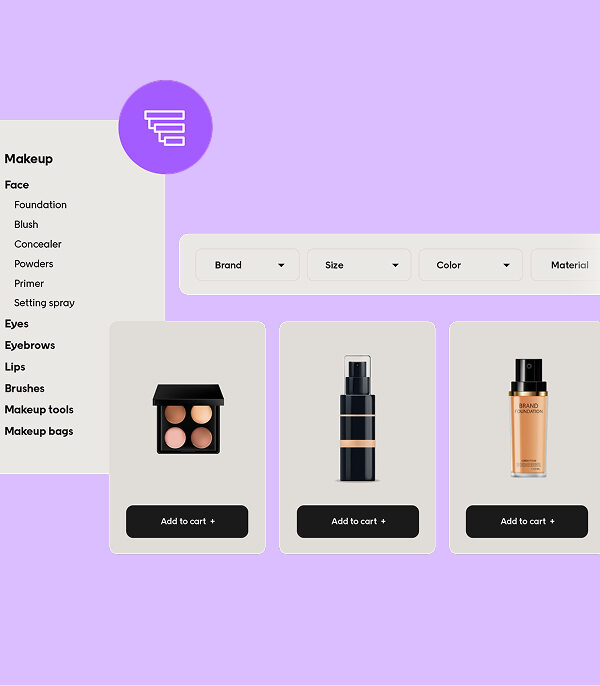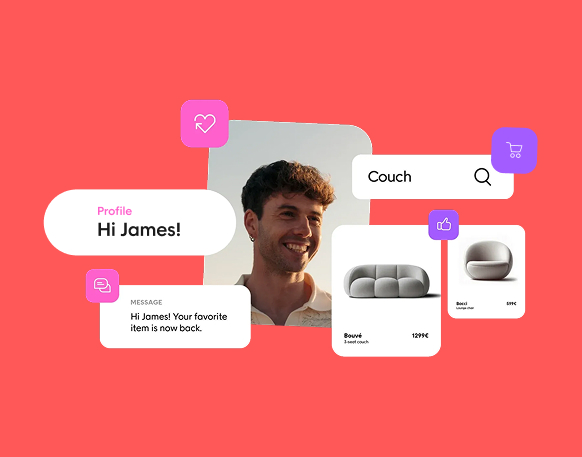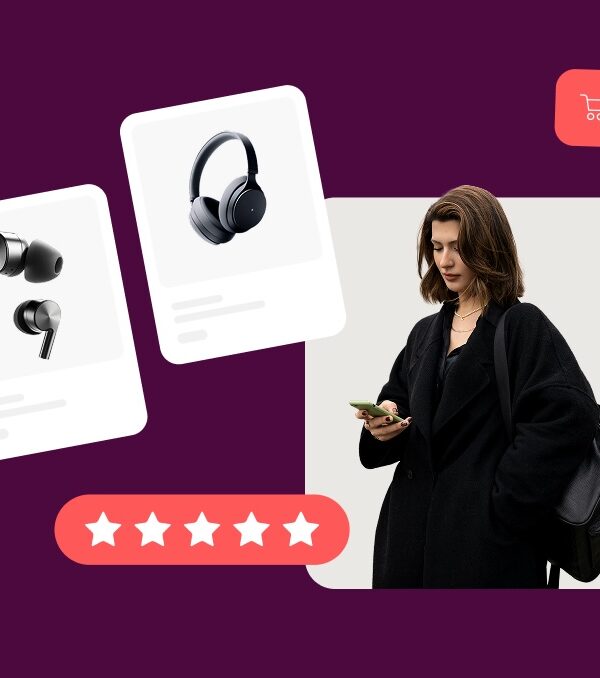When optimizing your e-commerce site for organic search traffic, it is easy to solely think of keywords, title tags, and meta descriptions to boost your rankings. While these elements are crucial, a great user experience (UX) is rapidly becoming the key to securing top spots in search results. Search engines are increasingly prioritizing pages that show strong user engagement. They’re focusing on identifying signals that reveal which content truly demonstrates expertise, authority, and trustworthiness.
Whether you aim to boost your SEO (search engine optimization) rankings or create a seamless, user-friendly shopping experience, the connection between strong SEO and an intuitive UX is undeniable—and it’s the key to setting your site apart.
1. Do user behavior analysis and research
SEO tools are essential for boosting your search engine rankings. They analyze online content for keywords, backlinks, and other measurable data that can boost your visibility.
When researching search terms for your e-commerce site, don’t hesitate to explore the top-ranking results. Drawing inspiration from what’s already working can provide the blueprint for your own success on SERPs (search engine results pages). The data from SEO research not only improves your rankings but also helps you refine your site’s UX, making it easier for customers to navigate your store.
Web analytics tools are equally valuable for crafting a seamless shopping experience. By monitoring user behavior, these tools pinpoint where customers face obstacles, allowing you to streamline their journey. Plus, they offer valuable insights into where you should tweak titles or metadata, ensuring that your SEO efforts and user experience work hand in hand.
2. Get the UX basics right
A great user experience goes beyond just a beautiful, brand-designed site. What truly matters is how well your site performs across all devices and how quickly it loads. This isn’t just important for shoppers trying to access your site from a weak internet connection at the summer house; it also plays a critical role in your search engine ranking.
SEO prioritizes user-friendly design, fast load times, and mobile responsiveness. It’s that simple.
3. Ensure consistent and clear navigation
SEO thrives on well-organized content, effective tagging, and strategic focus—all of which can make a significant impact on your rankings.
When it comes to building the best navigation for shoppers, it’s often about sticking to familiar, recognizable patterns. While there’s a time and place for creativity, navigation isn’t usually one of them. For example, if you’re selling clothing, categories like Women, Men, and Children are expected, as are subcategories like Shirts, Pants, and Jackets.
However, from an SEO (and UX) perspective, there are often reasons to pay attention to more granular categories. Checking your search console for impressions that don’t convert into clicks, despite having relevant products, can inspire the creation of new category pages.
And don’t forget to give some extra love to the category pages’ meta descriptions and preambles. These are great places to inject personality into your tone and weave in search terms that aren’t already covered by your title tags.
4. Give a lot of love to the PDP
Your PDP (product details page) is the heart and soul of your e-commerce site’s UX. Its core purpose is to show off the product and convert shoppers, but it also plays a crucial role in driving both organic and paid search traffic.
Think carefully about what your title tags should communicate to attract and engage shoppers. Are you highlighting low prices? Offering free shipping? Or maybe your focus is on fast delivery? In the limited space of a title tag, choose the message that will most effectively grab the attention of your target audience.
Ensure that the content on the page includes search terms that not only drive engagement but also deliver genuine value to shoppers. Product descriptions and care information are perfect opportunities to optimize for SEO while giving some extra attention to the UX writing.
5. Boost engagement with product recommendations
Keeping visitors engaged signals search engines to rank your pages higher. Use strategic tactics like recommending related or alternative products on product pages—or reminding users of previously viewed items on category pages. AI-driven product recommendations are key to:
- Managing bounce rates
- Upselling more products
- Re-engaging users who left before completing their journey
We previously gathered our best advice for crafting irresistible product pages using recommendations.
6. Inspire with captivating content
Elevate your brand by creating blog posts that spark creativity and showcase the lifestyle your products enable. Think beyond product features—consider what your customers are searching for, like tips for training for a 10K race if you’re a sporting goods retailer, or inspiring DIY projects if you sell craft supplies.
Plus, customers appreciate valuable care content that teaches them how to make their purchases last longer. Not only does this boost your SEO and strengthen your business, but it also supports sustainability by encouraging mindful consumption. Share tips and advice that help your customers extend the life of their products and make a positive impact on the environment.
7. Increase smart internal linking
Effective SEO strategies involve building a strong internal linking structure, which helps search engines crawl and understand your site more efficiently. Internal links not only enhance search engine visibility but also improve site navigation for shoppers. When you add a care guide or similar content, link to relevant products to drive sales, and don’t forget to include links from product pages back to your guides. This two-way linking approach enriches the user experience and maximizes the value of your content.
8. Build authority through retention
Working on customer retention is key to attracting repeat visitors and establishing your brand’s authority. Stand out by offering a seamless experience—easy checkout, transparent delivery and return policies, smart post-purchase communications, and excellent service at every touchpoint.
While many retailers have innovative customer journeys, the best ones continuously refine their processes. Even small improvements add up over time, creating a powerful compounding effect on customer loyalty.
Embrace experimentation and leverage AI-powered tools to simplify testing, ensuring that your efforts are both effective and efficient. Continuous improvement doesn’t have to be complicated—it just needs to be consistent.
9. Create community and drive loyalty
Building lasting relationships with your customers through a loyalty program and cultivating a vibrant community around your brand are powerful ways to enhance retention and strengthen your reputation. This not only demonstrates that your e-commerce site is trustworthy but also boosts your SEO in unexpected ways.
Engaged customers can generate valuable content through reviews and comments, providing insights that benefit both other shoppers and your business. By prioritizing loyalty, you improve customer retention and significantly enhance your SEO.
10. Unlock organic traffic from diverse sources
While this article has focused on SEO and UX, expanding your strategy to tap into the social side of the internet opens up even more opportunities for organic traffic.
By sharing inspiring content on platforms like YouTube, TikTok, or Instagram, you’re not just connecting with your community—you’re driving valuable organic traffic back to your store. These social channels amplify your reach, enhance engagement, and funnel more visitors to your site, fueling your growth in powerful and sustainable ways.
Bonus tip! Let AI lighten the load
All of this might seem overwhelming, but with today’s AI technology, you don’t have to do it all alone. The right AI tools can simplify everything—from uncovering deep customer insights to effortlessly localizing and translating content for different markets.

